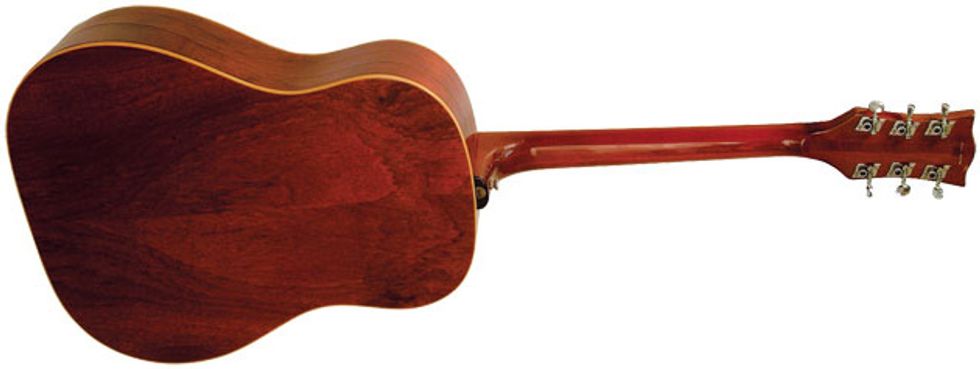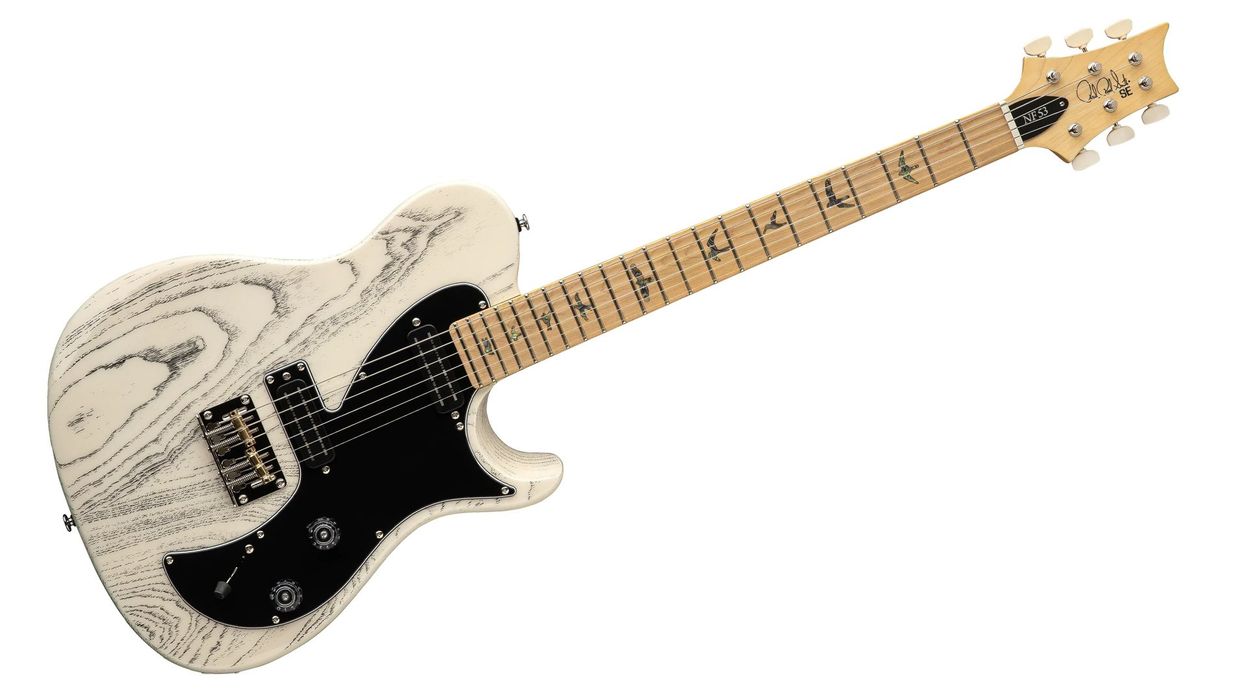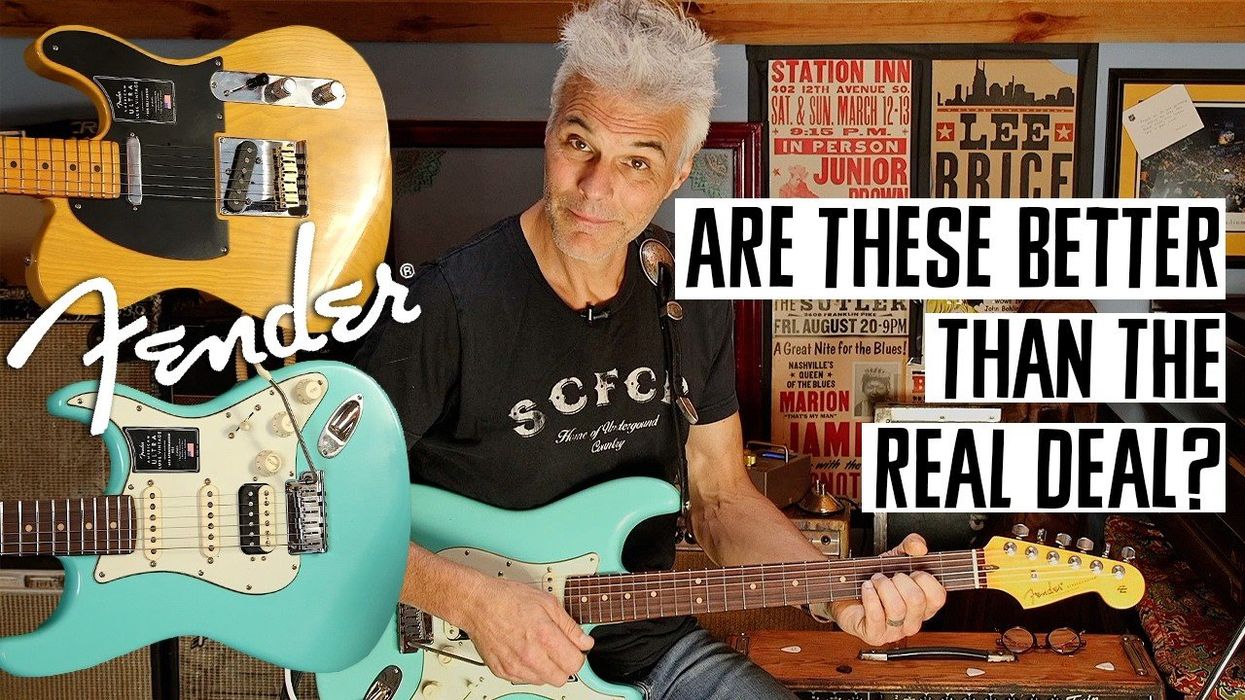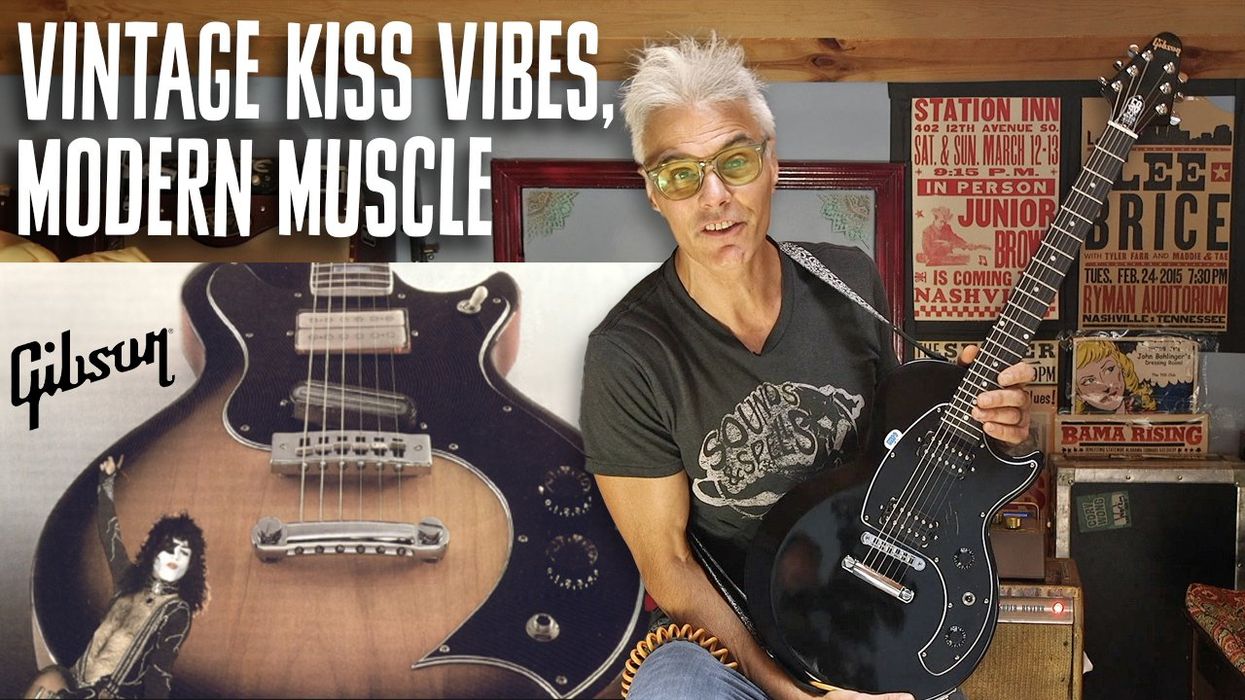Hey Zach,
I bought this Vox acoustic guitar in the early 1990s at a guitar show for $150. At the time, I thought it was really cool, but didn’t play it much. Now it sits around amongst my guitar collection and I’m considering selling it, but would like to know what it’s worth and if it’s worth holding onto. Could you share some history on the guitar and tell me what it’s worth?
Thanks,
Jeff in Eugene, Oregon
Hi Jeff,
When it comes to Vox, AC30s and the Beatles likely come to mind first. But since the company was founded in 1957, they’ve also offered a wide range of electric guitars, acoustic guitars, organs, and effects in addition to their famous amplifiers. I suspect $150 was a pretty fair price to pay for this guitar in the early 1990s, but the question is if the guitar has increased or decreased in value.
Vox’s first electric guitars were designed in 1960 and introduced in 1961. Built in England, these first models—called the Stroller and Clubman—were based on Fender designs. Interestingly, Fender guitars were unavailable in England during the early ’60s, so these first Vox models were designed to fill a void. The pentagon-shaped Phantom series followed in 1962, and became Vox’s best-known and most-collectible guitars. Other models followed in 1963.
A few things happened to the expanding company in 1964. First, Vox outsourced production of their guitars to an Italian manufacturer called Eko. Then, in order to raise capital for his company, Vox founder and owner Tom Jennings sold a controlling interest of Vox to U.K.-based Royston Industries. A year later, the Thomas Organ Company of California began importing a line of Vox-branded acoustic guitars built by Eko into the U.S. For those of you familiar with Eko guitars, the similarities are striking. As far as I can tell, no acoustics were offered in England.
Vox’s acoustic models included the dreadnought Country Western V238 (a rebranded Eko Ranger 6), the Folk XII V239 (essentially a 12-string version of the Country Western and a rebranded Eko Ranger 12), the entry-level folk-style Serenader V220, the 12-string Shenandoah V279, and your guitar—the Rio Grande V278.
The Rio Grande is essentially a more ornate version of the Country Western and also a quasi-signature model for the late Nashville-based country artist Eddy Arnold. Your Rio Grande features a solid-spruce top, mahogany back and sides, a set mahogany neck (as opposed to the bolt-on neck of the Country Western), a rosewood fretboard with large pearl-block inlays, a pearl vine-themed headstock inlay, and a three-point pickguard with both Eddy Arnold’s signature and the model-name “Rio Grande” adorning it.

Unfortunately, there aren’t any reliable serial-number lists for Vox guitars and the numbers used by Eko seem like they were assigned completely at random. We do know that Vox acoustic guitars were built from late 1965/early 1966 until they were all discontinued in 1969—when both U.S. and European guitar manufacturers were feeling the pressure brought on by cheaper offerings from manufacturers in Asia.
Vox restructured their line with a series of Japanese-produced solidbody guitars, but they didn’t offer acoustic guitars again. Vox reissued their Phantom guitars in the late 1990s and would also produce the original-design Virage series that launched in 2007. Vox continues to produce a full line of guitar amplifiers, but currently only has one guitar in their line-up, called the Starstream. They are, however, currently producing ukuleles.











![Rig Rundown: Russian Circles’ Mike Sullivan [2025]](https://www.premierguitar.com/media-library/youtube.jpg?id=62303631&width=1245&height=700&quality=70&coordinates=0%2C0%2C0%2C0)






